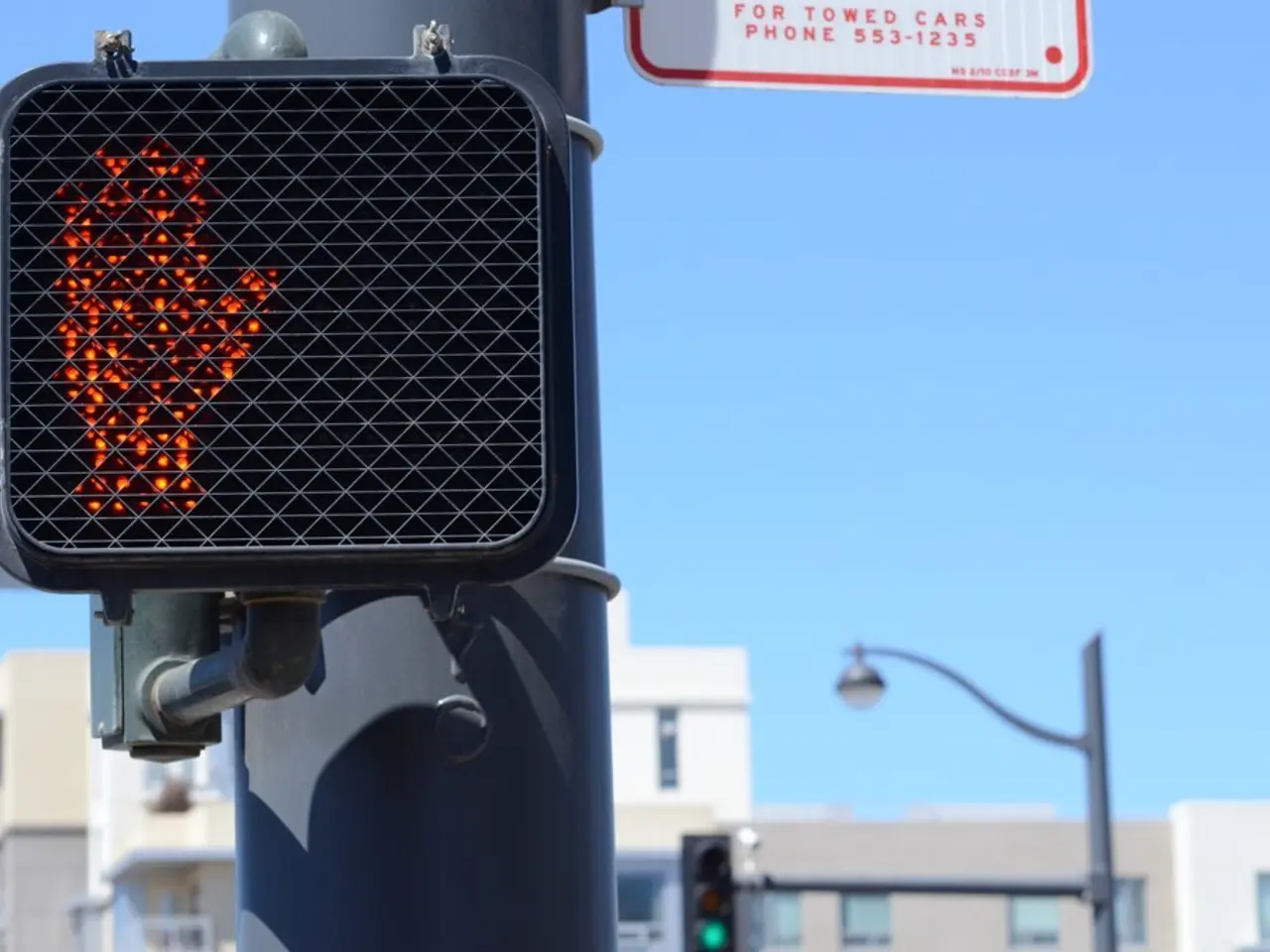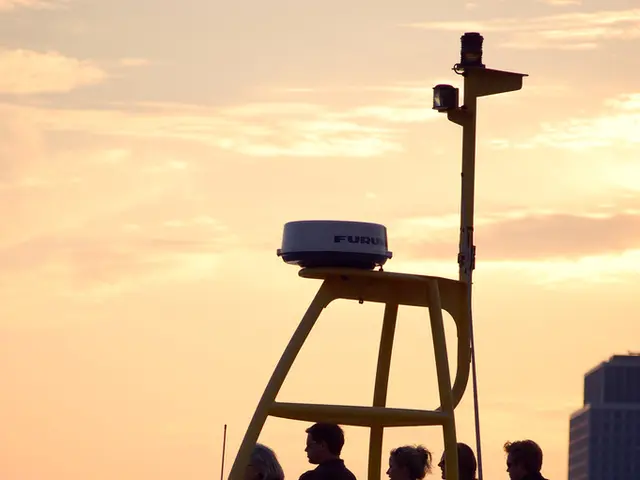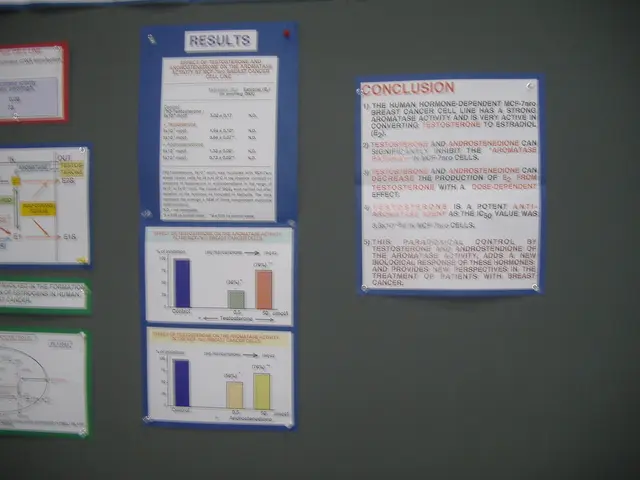Germany's Push for Fiber Optics: Users Face Costs, Changes
The German government is pushing for a shift from copper-based internet connections to fiber optics, with the ministry's paper outlining a phase-out of copper networks between 2028 and 2040. This transition, known as 'copper-fiber migration', is causing concern among users who may face higher costs and technological changes.
Currently, around 63.1% of German internet connections rely on phone lines, with only 15.5% using pure fiber optics (FTTH). Deutsche Telekom, the country's largest telecom provider, heavily depends on DSL and VDSL, which use copper technology. Competitors' investments in fiber optics are sometimes hindered by customers' satisfaction with their VDSL connections, limiting their willingness to switch.
The ministry's position paper aims to encourage consumers to adopt fiber optics by offering reasonable prices. Federal Digital Minister Karsten Wildberger (CDU) emphasizes the need for attractive pricing to avoid doubling costs from operating both old and new networks in parallel. Prices for fiber optic internet have been decreasing, but some tariffs remain relatively expensive.
Approximately 25 million households, businesses, and institutions in Germany still use internet via phone lines. The ministry expects the copper network to be completely shut down between 2035 and 2040, with the process starting in selected regions as early as 2028. As the transition progresses, consumers can expect increased efforts to promote the advantages of fiber optics and more competitive pricing.
Read also:
- Trump announces Chinese leader's confirmation of TikTok agreement
- Enhancing the framework or setup for efficient operation and growth
- Hydroelectric Power Generation Industry Forecasted to Expand to USD 413.3 Billion by 2034, Projected Growth Rate of 5.8% Compound Annual Growth Rate (CAGR)
- SpaceX & T-Mobile Activate Starlink for Hurricane Helene Connectivity








